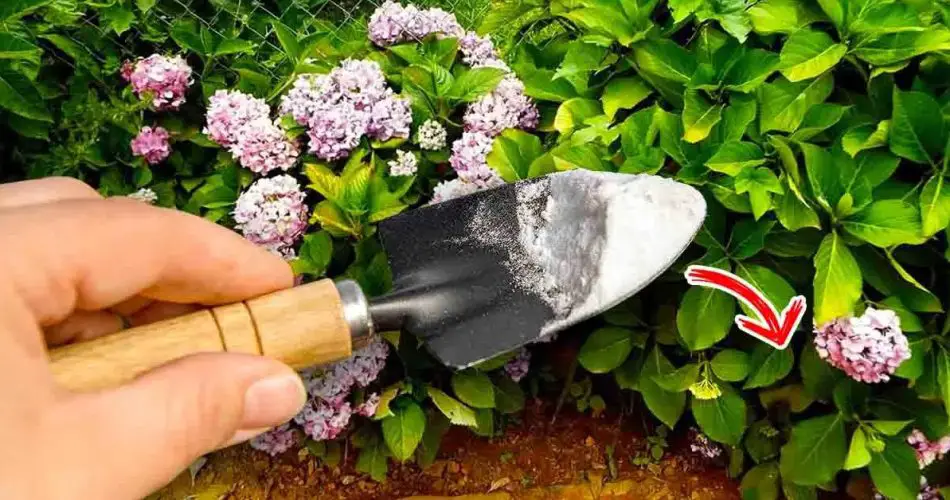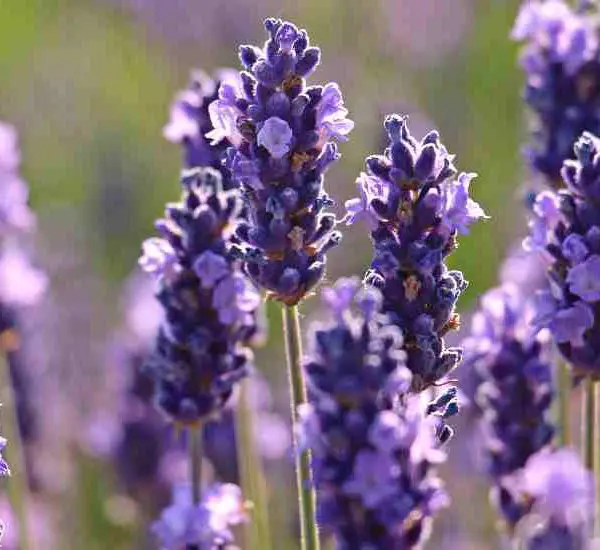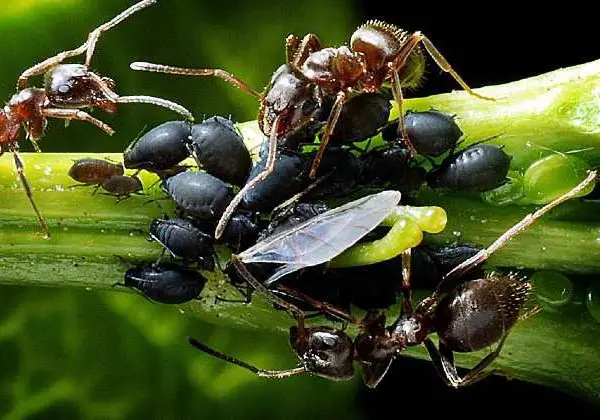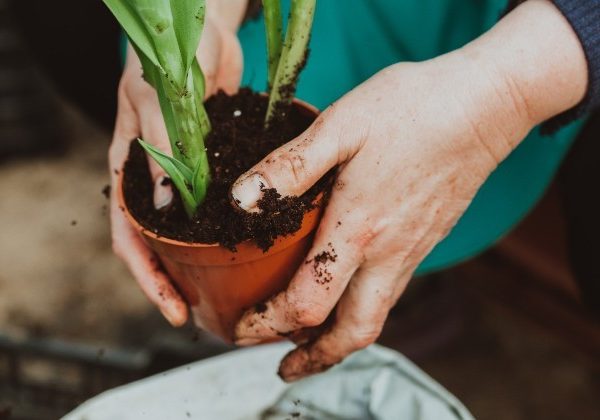Plants are often vulnerable to fungal infections, which can harm their growth. While many commercial fungicide sprays contain harmful chemicals, there is a safer, natural alternative: homemade fungicide sprays using ingredients you likely already have at home. Baking soda, in particular, is an excellent natural remedy for fungus and mold on plants. Here’s a guide on how to use common ingredients like garlic, apple cider vinegar, and baking soda to create your own natural fungicides.

1. Garlic Fungicide
Tomato plants are especially prone to fungal diseases such as mildew and leaf mold. Garlic, known for its natural anti-fungal properties, can help protect these plants.
Ingredients:
- 1 bulb of garlic
- 2 tablespoons of rapeseed oil
- 4 hot peppers
- Juice of 1 lemon
Procedure and Use:
- Mix all ingredients and let them steep overnight.
- Strain the mixture to remove the solids.
- Add 4 tablespoons of the mixture to a quart of water in a spray bottle.
- Spray the leaves thoroughly when you notice signs of fungal disease.
2. Apple Cider Vinegar Fungicide
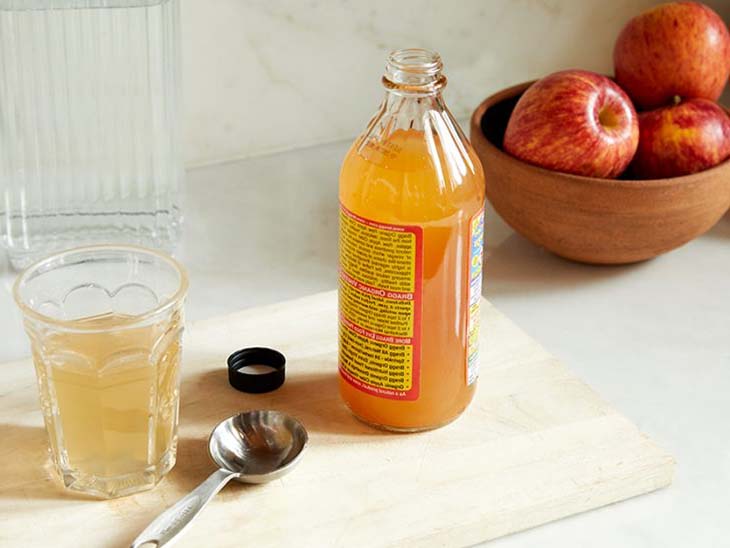
Apple cider vinegar is a simple yet effective fungicide, ideal for combating black spots, leaf spots, and mold. It can even be used as a preventative spray before any symptoms appear.
Ingredients:
- 4 tablespoons of apple cider vinegar
- 1 quart of water
Procedure and Use:
- Mix the vinegar with water.
- Spray early in the day to avoid burning the foliage under the sun.
3. Baking Soda Fungicide
Baking soda is a tried-and-true natural treatment for powdery mildew, a common garden fungus. It works by dehydrating the fungi, thanks to its potassium and carbon dioxide content, while also preventing black spots on roses.
Ingredients:
- 4 teaspoons baking soda
- 1 teaspoon neutral soap
- 1 liter of water
Procedure and Use:
- Mix all ingredients in a spray bottle.
- Spray the infected leaves from top to bottom, ensuring full coverage.
Be cautious not to overuse baking soda as it can deprive plants of essential minerals like magnesium and calcium.
4. Horseradish Fungicide
Horseradish is a powerful fungicide, especially effective against cryptogamic diseases. Its manure can help combat infections on fruit trees and plants.
Ingredients:
- 1 cup horseradish
- 10 liters of water
Procedure and Use:
- Soak horseradish in water overnight.
- Strain the mixture and add 2 liters of water.
- Spray generously on plants.
Caution: Avoid contact with eyes.
5. Corn Flour Fungicide
Corn flour not only acts as a natural fertilizer but is also effective as a homemade fungicide.
Ingredients:
- 1 cup corn flour
- 5 liters of water
Procedure and Use:
- Mix and strain the ingredients.
- Spray directly onto the leaves of affected plants.
6. Aspirin Fungicide
Aspirin, typically used for headaches, can also be useful in the garden. Its salicylic acid promotes plant growth and helps fight off Fusarium and Verticilium fungi.
Ingredients:
- 1 aspirin
- 4 cups of water
Procedure and Use:
- Crush the aspirin and add it to the water.
- Spray your plants every two weeks during the growing season.
7. Daisy Fungicide
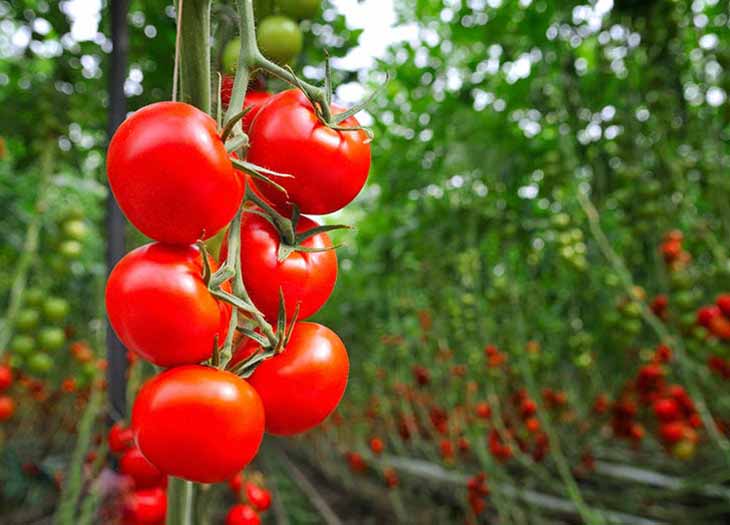
The daisy is not only an easy plant to grow, but its flowers have insecticidal properties, keeping pests at bay and acting as a fungicide.
Ingredients:
- A few handfuls of daisy flowers
Procedure and Use:
- Dry and grind the flowers into powder.
- Soak in 4 liters of water for 24 hours.
- Strain and spray the solution on plants.
How to Use Homemade Fungicides
Before applying any of these homemade fungicide mixtures, it’s a good idea to test a few leaves for any side effects. Use these sprays preventatively at the start of the season, before fungal diseases take hold.
Here are some practical tips:
- Leave plenty of space between plants for better air circulation.
- Water plants well, especially in the mid-summer heat.
- Feed your soil and plants throughout the season for better disease resistance.
- Remove any damaged leaves and avoid letting infected foliage rot in the soil.
- Spray your plants every two weeks to prevent fungal outbreaks.
Using natural fungicides like these will help you fight fungal diseases safely and effectively, without the harmful chemicals found in many commercial products.
